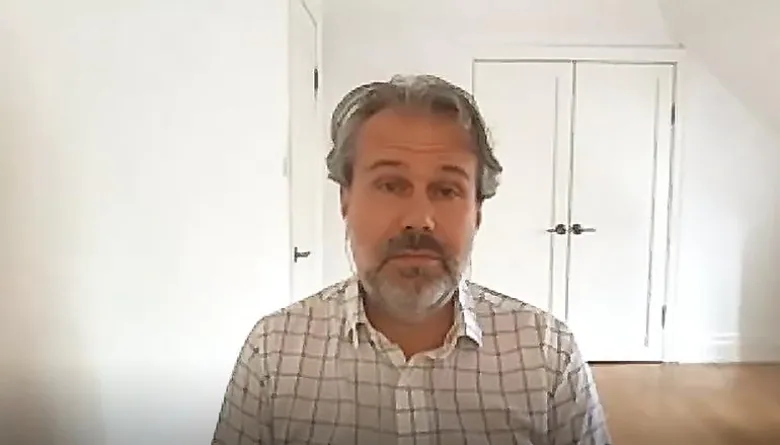Ontario’s COVID-19 advisers have issued new instructions for taking rapid antigen tests to detect the Omicron strain of the novel coronavirus as the tests become more widely available across the province.
The Ontario Science Advisory Table said you should swab the insides of your cheeks, then your tongue or the back of your throat, and then your nostrils to make the tests more accurate. Previous guidance for rapid tests included only a nasal swab.
“There seemed to be a glitch in the performance of rapid tests,” Dr. Peter Juni, the director of the Ontario Science Table, said in an interview.
“And what we found when looking at various experiences worldwide is that rapid tests were not that good anymore to exclude infectious cases, especially early on after infection.”
In a brief released Thursday, the advisory table said they believe the viral load of Omicron peaks later in the nose than it does in the throat, meaning that if you perform only a nostril swab, you could miss an infection.
“Up your game by combining your cheek, throat or back of the tongue, and then nose when you do the swab,” Juni said.
The updated guidance comes as rapid testing is becoming more widely available in Ontario. This week, the government announced it will distribute COVID-19 rapid antigen tests at grocery stores, pharmacies and other settings starting Wednesday. The tests will also be available through online order or pickup at the 2,385 participating grocery stores and pharmacies listed on the province’s website.
The province said it has obtained more rapid tests and will distribute up to 5.5 million per week, totalling up to 44 million over an eight-week span.
1 negative test not a ‘green light’
Because rapid tests don’t always detect Omicron, the expert panel also said people should not rely on a single negative test to rule out infection. They warn it is not a “green light” for dropping precautions and returning to normal life.
“If the test is negative, don’t believe it. Repeat it 24 hours or up to five days later. If this test stays negative, you can start to believe it,” Juni said.
However, it doesn’t go the other way. The panel says with a single positive test, you should assume you have COVID-19 and start isolating. A PCR test is not required for confirmation.
Current provincial guidance allows people to end isolation if they receive negative results on two rapid tests 24 to 48 hours apart.
For asymptomatic testing strategies, the Science Table says rapid tests will be more effective if you test yourself frequently.
For those who come in close contact with a case but their workplaces allow them to test rather than isolate, the experts recommend daily rapid testing.
For voluntary asymptomatic test screening, they say you should perform rapid tests three to five times per week.


